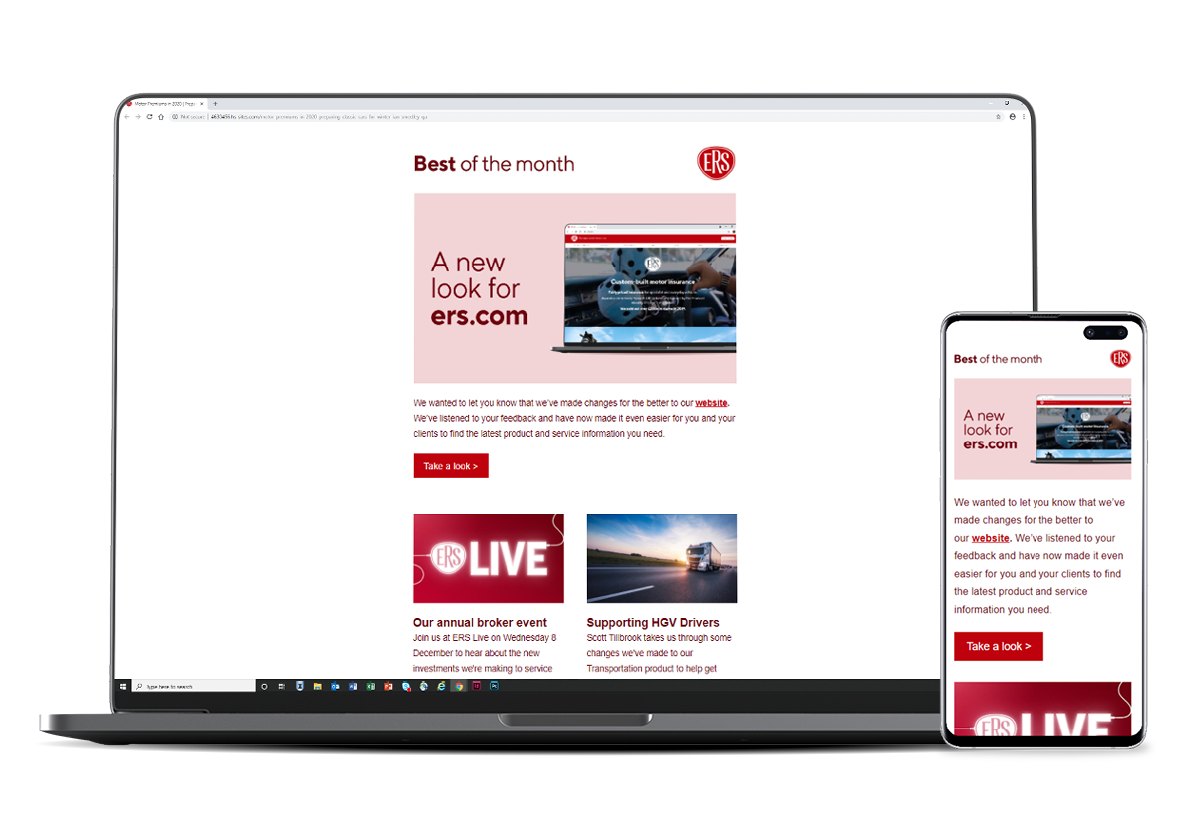We invited Donna Scully, Director of leading insurance and legal services firm Carpenter Group, to join our Head of Large Loss and Personal Injury, Declan O’Mahony, for a special broker webinar to take a closer look at the new whiplash claims process and consider the consequences for the motor insurance industry. Here are some of the main questions that surfaced during the session.
How significant are the changes that come into effect on May 31st?
Donna: The new portal does present a totally new way of processing whiplash claims, and the 64-page guidance document starts to give you a feel for just how different the new world will look. It’s as significant a change as anything I’ve seen in the motor insurance industry.
Declan: It’s a big challenge to shoehorn a very complex claims process into a portal system and make it fit for purpose. While there are problems that we’ll need to work through going forwards, the MIB has done a pretty good job of getting us to where we are today.
Will unrepresented claimants now be able to handle the claims journey themselves?
Donna: I’ve argued from day one that the claims system is not easy, and we can see this now in the length of the supportive guidance and the 200 pages of rules and protocols underpinning it. The MIB has worked hard to make everything straightforward, but there is still an awful lot of information for claimants to wade through.
Declan: The portal creates the opportunity for professional users to support claimants through the journey, and there will be claims management companies looking to get involved. Around 700 already have regulatory approval to manage PI claims, many of which will previously have built their businesses handling PPI claims. With the PPI door now closed, it’s reasonable to assume they will seek to pick up more of this work.
How often do you expect the ‘exceptional uplift’ will be added to claims?
Donna: We don’t yet know how this will work in practice. We assume that the decision on whether a case is exceptional will sit with the assessing medical expert. But we don’t know if exceptional circumstances will be commonplace or if the uplift will be largely ignored, either because experts don’t have the time or aren’t able to make informed comparisons between cases. There should be guidance for the medical experts, given that it’s been written into the rules.
What happens if claimant lawyers are instructed several months into the claim lifecycle that a claimant is still suffering?
Donna: The rules are now a bit easier in these cases because if the lawyer is in any doubt about the value of the claim and whether it will reach the £5,000 threshold, they can still submit via the old portal without penalty.
What about the challenge of aggregating whiplash and non-whiplash claims?
Donna: This is more of a problem because we have a clash of two different systems for calculating damages – tariffed for whiplash and un-tariffed for other injuries. This isn’t easy for lawyers, let alone litigants in person. Ideally, we need to see some cases go to the first instance and get a feel for what judges are saying. And it may be that only once we end up in the court of appeal will there be complete clarity on the situation.
Declan: I agree with this, and it’s hard to see any claims getting that far before the back end of the year.
How will the new time limit on claims investigation impact the market?
Declan: We now have a time limit of 30 business days for the investigation of claims by insurers. It starts the moment a claim is submitted and doesn’t reset if a claim is redirected from one insurer to another. The portal’s reliance upon the Motor Insurance Database (MID) is an issue here. Suppose there’s only one insurer registered in the database. In that case, the insurer can no longer reject the claim even if they know that another insurer was providing cover at the time of the incident.
Donna: I’m glad to see that there’s a time limit because there were concerns that insurers could delay responding in the hope claimants would lose interest, but the timeframe they’ve settled on is very onerous. If you don’t think an incident was your customer’s fault, you have to get in fast. The issue about the MID came up during trials of the portal. It was felt that the initial insurer could simply pay the claim and recoup the costs from the active insurer later on; however, it’s not obvious how this can work in practice.
Will the time limit for investigation improve the speed of claims resolution?
Declan: The challenge is that, under the new process, a claimant can ask for a determination of liability first before qualifying the value of the claim. And if the amount is not agreed upon, the claimant can go back to court for a second time to determine the value. With an average 48-week wait for small claims court hearings, it’s possible that the split claims process could further extend the claims lifecycle.
Donna: The split claims process feels like a backward step for me. It’s come about due to the question of who pays the medical fee, as insurers won’t want to pay if it’s determined that they’re not liable. But the new change is potentially a high price to pay for resolving this question. It has complicated the system and added delays to a court process already backed up for several years. My hope is that we can work together to avoid the number of cases going to court in the first place.
Will there be less fraud using the new portal?
Donna: I don’t think the new process will achieve this. Today, 30% of the claims that come into our business never see the light of day because we can weed out the instances where the client is in the wrong or not telling the truth. If all of these claims now go via the new portal, it’s much harder to weed them out. And because there’s still a lot to play for in terms of money and commission, if I’m a fraudster, I don’t see the changes as a deterrent.
And will we see fewer claims?
Donna: With new claims management companies getting involved and more claims going unscrutinised scrutinised by lawyers before submission, my feeling is that we may end up seeing more. Others take a different view, however, so it is a case of waiting and seeing.
Will the reforms achieve the stated objective of reducing motorists’ premiums?
Donna: The reforms won’t work unless we all keep sharing information. I know that the MoJ is asking for insight into any unintended consequences being seen in the market. In defence of insurers, they were told to reduce premiums following the reforms, but we still only have part one of the reforms in place, and they’re already under pressure to get a move on. That said, we do all have a shared responsibility to stamp out insurance fraud.
Declan: We’ve got what we’ve got, and we have a responsibility to make the new system work because ultimately, we are here to serve the needs of customers.
The key takeout for brokers and their customers is by telling us about accidents early, we have a chance to assess the information before the investigation time limit lapses.
If you missed our live Whiplash Reform webinar, you can watch the full session recording here.
Connect with Donna:
Connect with Declan:
Useful links:






